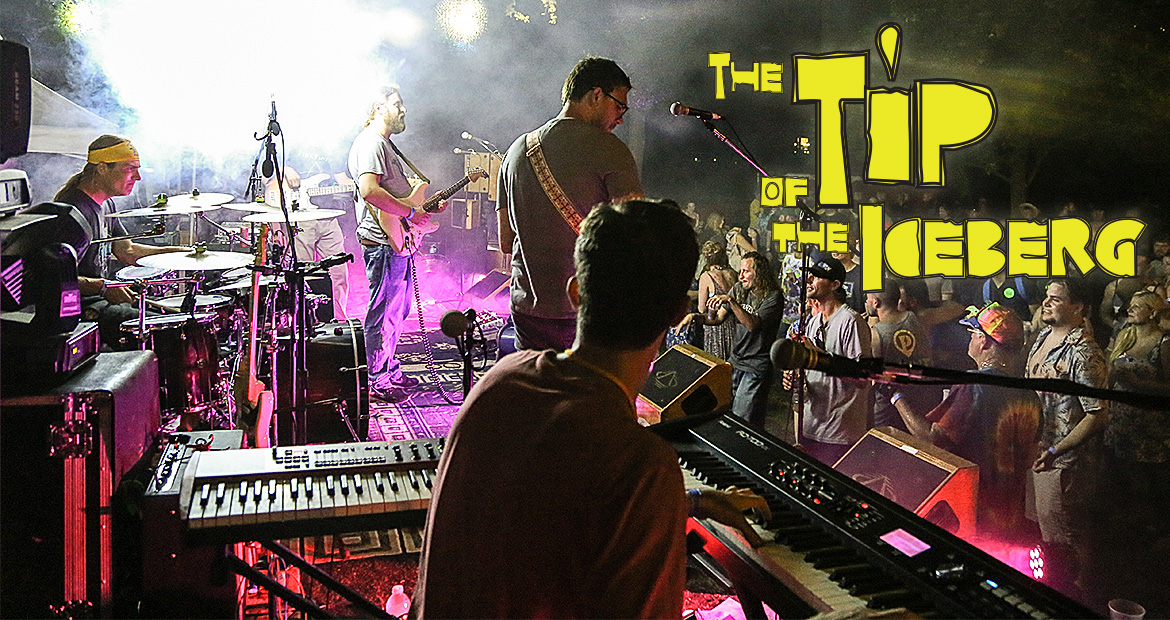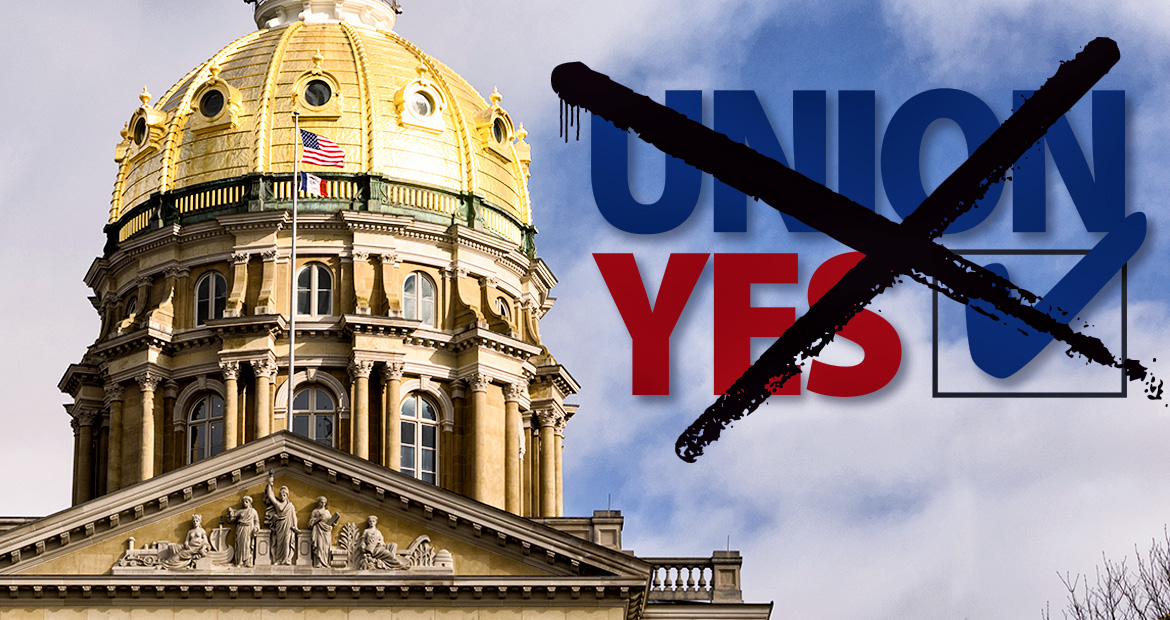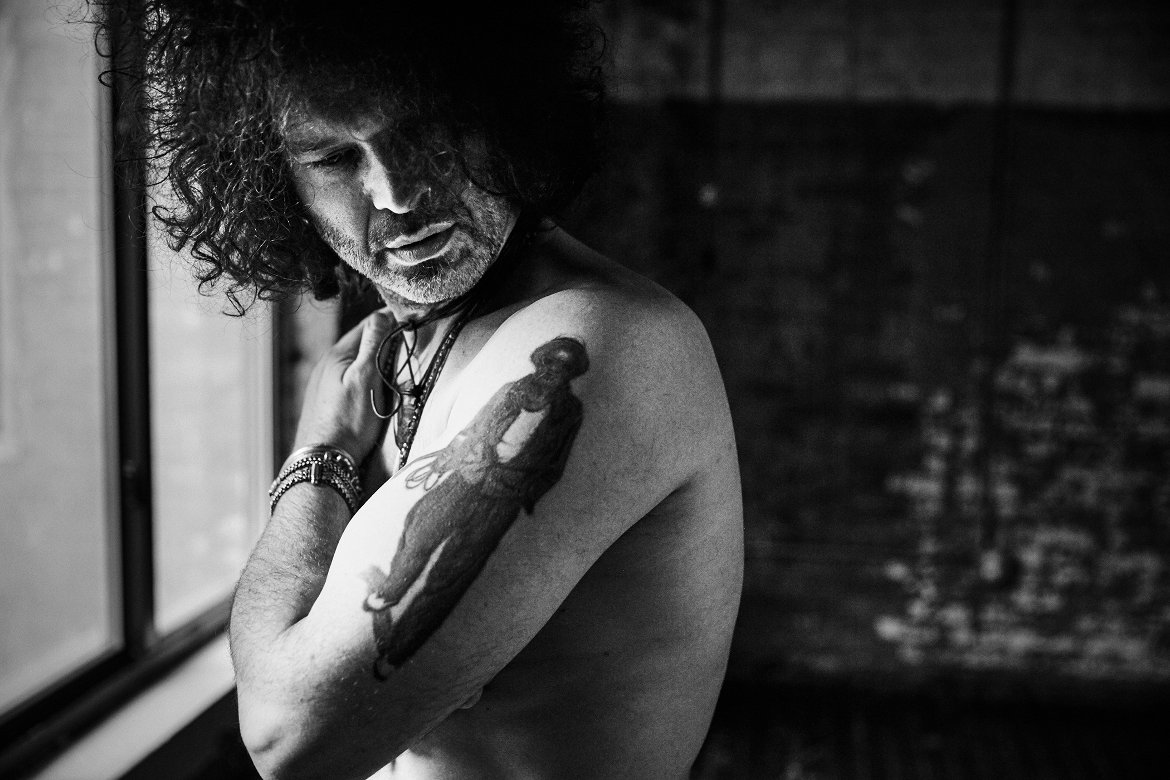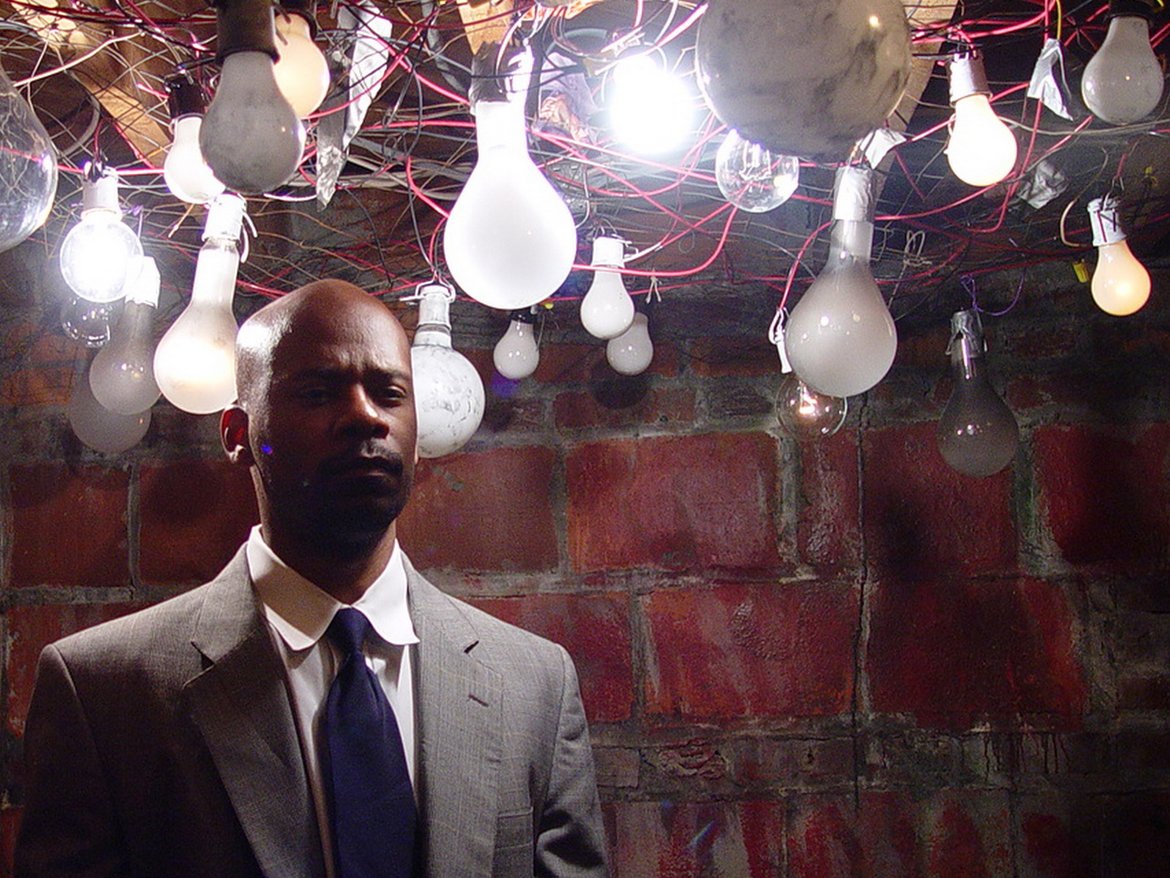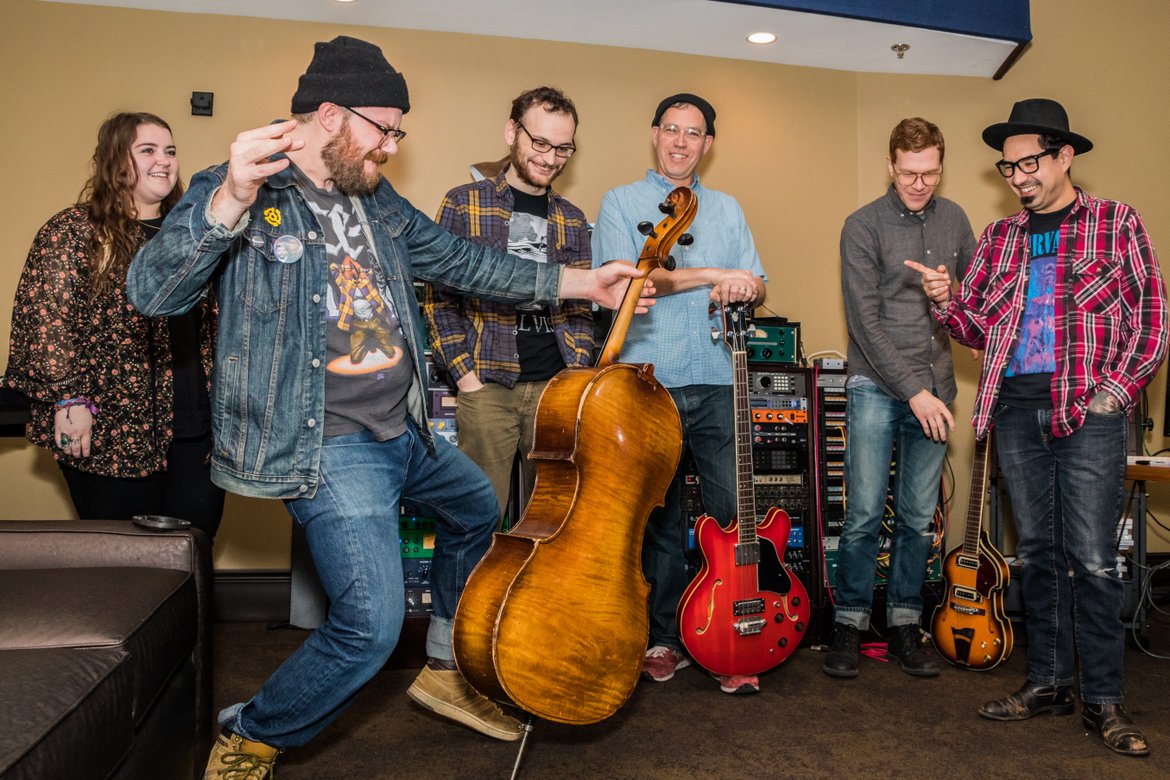It was a sign of the times when the Downtown Davenport Partnership announced last month that it would replace the River Roots Live outdoor music festival – after a 12-year run – with a multi-venue indoor festival called Alternating Currents.
Consider what’s happened over the past two years. The Mississippi Valley Blues Festival was canceled in 2015 because of financial difficulties at its parent organization. The motorcycle-themed Rally on the River, a fixture on the riverfront for more than two decades, didn’t return in 2016.
All of these things reflect a simple reality: Outdoor festivals are expensive to put on, period, and the cost is much higher with headliner acts to drive attendance. Such events represent a serious financial gamble: Just the chance of rain on one day can depress turnout enough to put a festival in the red, and Mississippi River flooding can force an expensive change of venue.
But let’s not mourn River Roots Live too much. If its death underlines the inherent risk of outdoor musical festivals, its replacement shows just how vibrant the Quad Cities music scene has become.

